South African Zulu Wire Basket(Fair Trade Federation ): 4,689 ppm Lead [company assured us “Lead-free” wires were used].
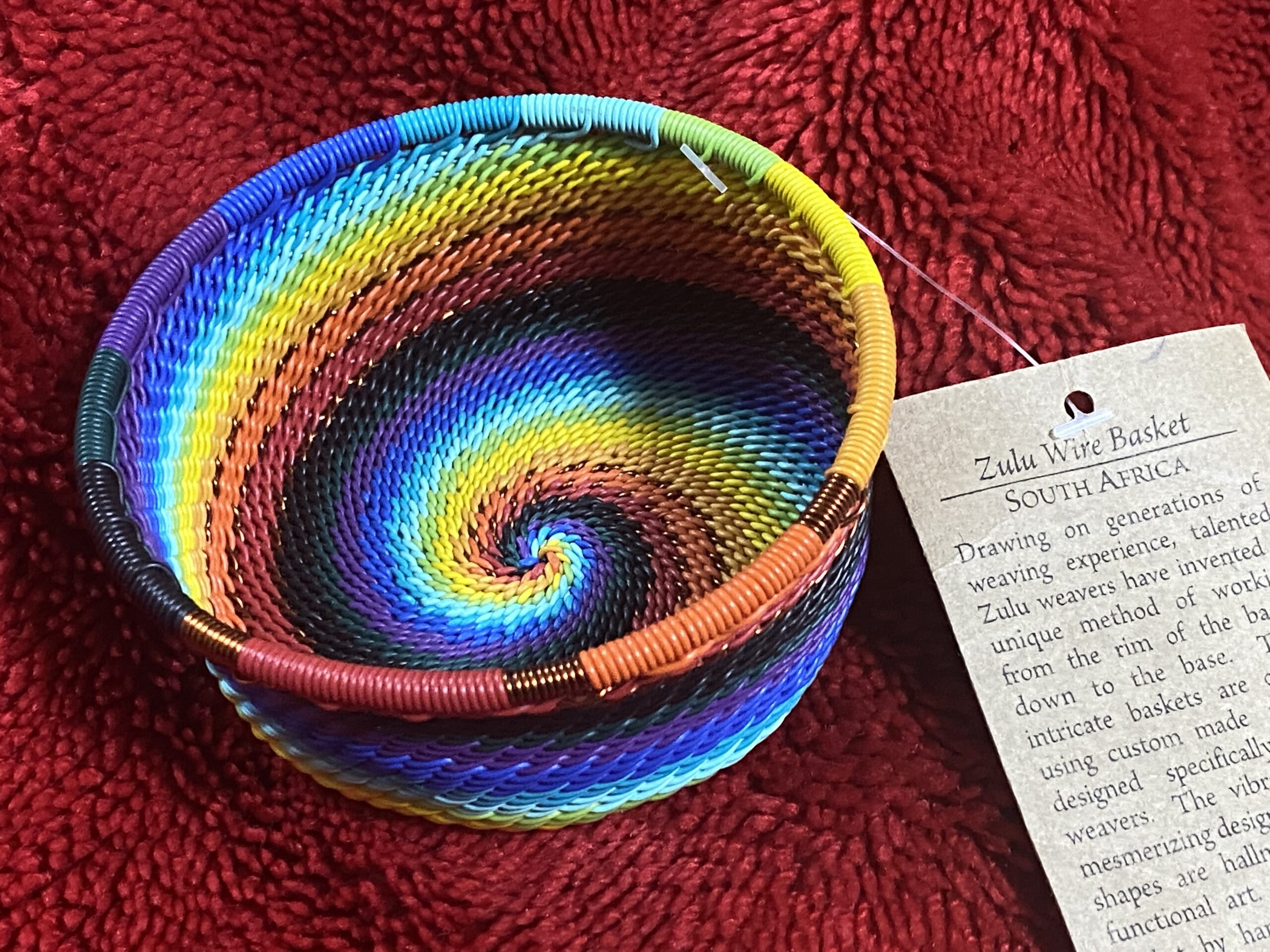
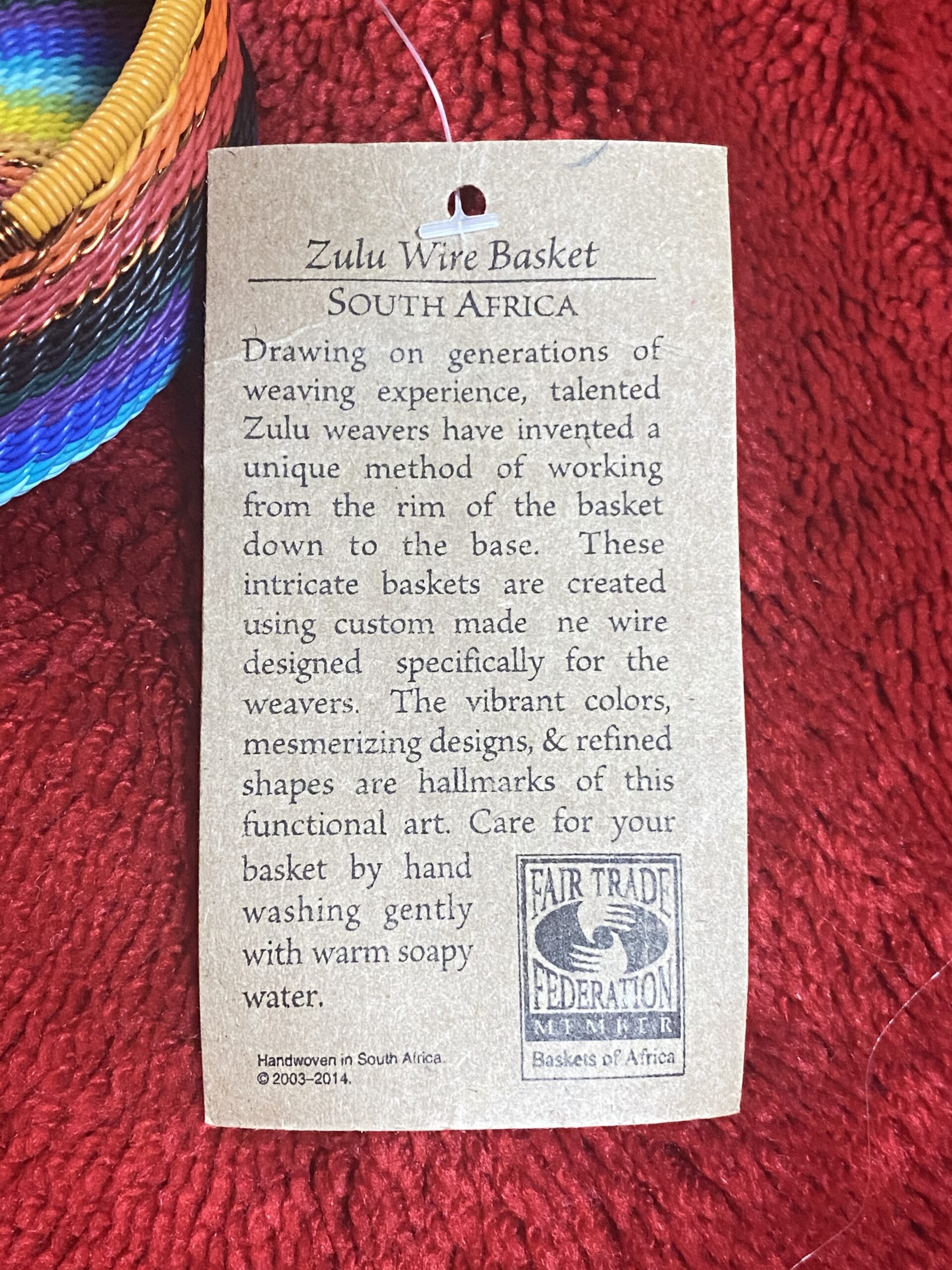
Introduction:
Tamara Rubin is an independent advocate for consumer goods safety, and she is also a mother of Lead-poisoned children. She began testing consumer goods for toxicants in 2009, and was the parent-advocate responsible for finding Lead in the popular fidget spinner toys in 2017. She uses XRF testing (a scientific method used by the Consumer Product Safety Commission) to test consumer goods for metallic toxicants (including Lead, Cadmium, Mercury and Arsenic). To read more about the testing methodology employed for the test results reported on this blog, please click this link.
July 14, 2021 – Wednesday
The implications of this finding are quite significant – and profound. I will be writing more about that in this space, as soon as I have a moment, but I wanted to publish the XRF Test results right away, so people would have this information in the meantime.
Important points to know:
- These baskets are not non-toxic.
- They are definitely not safe for children (especially concerning — as they are small, and rainbow-colored, and will appeal to young children, especially!)
- These baskets are also likely causing chronic low-level [and possibly even high-level] Lead exposure to the “Fair Trade Federation” artists who are making them.
If you have ever sewn or done needlepoint, you know how often you may put a needle, pin, or end of a piece of thread in your mouth to hold it. If making these baskets is anything like other sewing/weaving crafts (and I truly imagine it is, as I have made baskets before!)… it is highly likely the artists may be putting the high-Lead-content coating on the copper wires in their mouth as part of production. If that is the case, is it is also very likely that there are acutely-poisoned workers – poisoned by this “Fair Trade Federation” work. Talk about societal greenwashing. #Sigh
Even if they have “super-careful” practices [and never follow the common practice still used by many electricians the world over of stripping the (Leaded) plastic coating off of wires with their teeth), if they are doing any work and engage in any hand-to-mouth activity without washing their hands first (for instance, eating a piece of fruit as a snack on a break) they are likely chronically ingesting Lead.
I found it interesting that – even with these new “modern” wires – the Lead is color-specific. That suggests it is more likely from a colorant used in the manufacturing process for the coatings on the wires, than from some other process or source — that might be harder for the company to change. It is easy to find new Lead-free colorants for plastics and coatings these days [but – with what I know of regulatory standards for toxics in South Africa – I expect that electrical wire manufacturers in South Africa aren’t even concerned with toxicity, and don’t have the consideration on their radar at all].
When tested with an XRF Instrument the small basket pictured had the following readings:
#1.) on the red, orange, yellow part of the spectrum
60-second tests repeated multiple times to confirm the results
- Lead (Pb): 4,689 +/- 84 ppm
- Chromium (Cr): 390 +/- 45 ppm
- Iron (Fe): 5,933 +/- 105 ppm
- Copper (Cu): 138,300 +/- 1,300 ppm
- Zinc (Zn): 2,173 +/- 83 ppm
- Titanium (Ti): 1,557 +/- 383 ppm
- Antimony (Sb): 28 +/- 9 ppm
- Barium (Ba): 138 +/- 24 ppm
- Gold (Au): 88 +/- 36 ppm
- Chlorine (Cl): 360,000 ppm
- Non-Detect for: Cadmium, Mercury, Bromine
#2.) on the purple, green, black part of the spectrum
- Lead (Pb): 43 +/- 7 ppm
- Bromine (Br): 22 +/- 4 ppm
- Chromium (Cr): 149 +/- 61 ppm
- Iron (Fe): 19,400 +/- 300 ppm
- Copper (Cu): 169 +/- 32 ppm
- Zinc (Zn): 6,775 +/- 101 ppm
- Titanium (Ti): 1,202 +/- 668 ppm
- Barium (Ba): 203 +/- 23 ppm
- Gold (Au): 136 +/- 30 ppm
- Chlorine (Cl): 360,000 ppm
- Non-Detect for: Cadmium, Mercury
Thanks for reading. Thank you for sharing my posts. As always, please let me know if you have any questions, and I will do my best to answer them personally as soon as I have a moment (which may not be right away – but I will try!)
Tamara Rubin
#LeadSafeMama
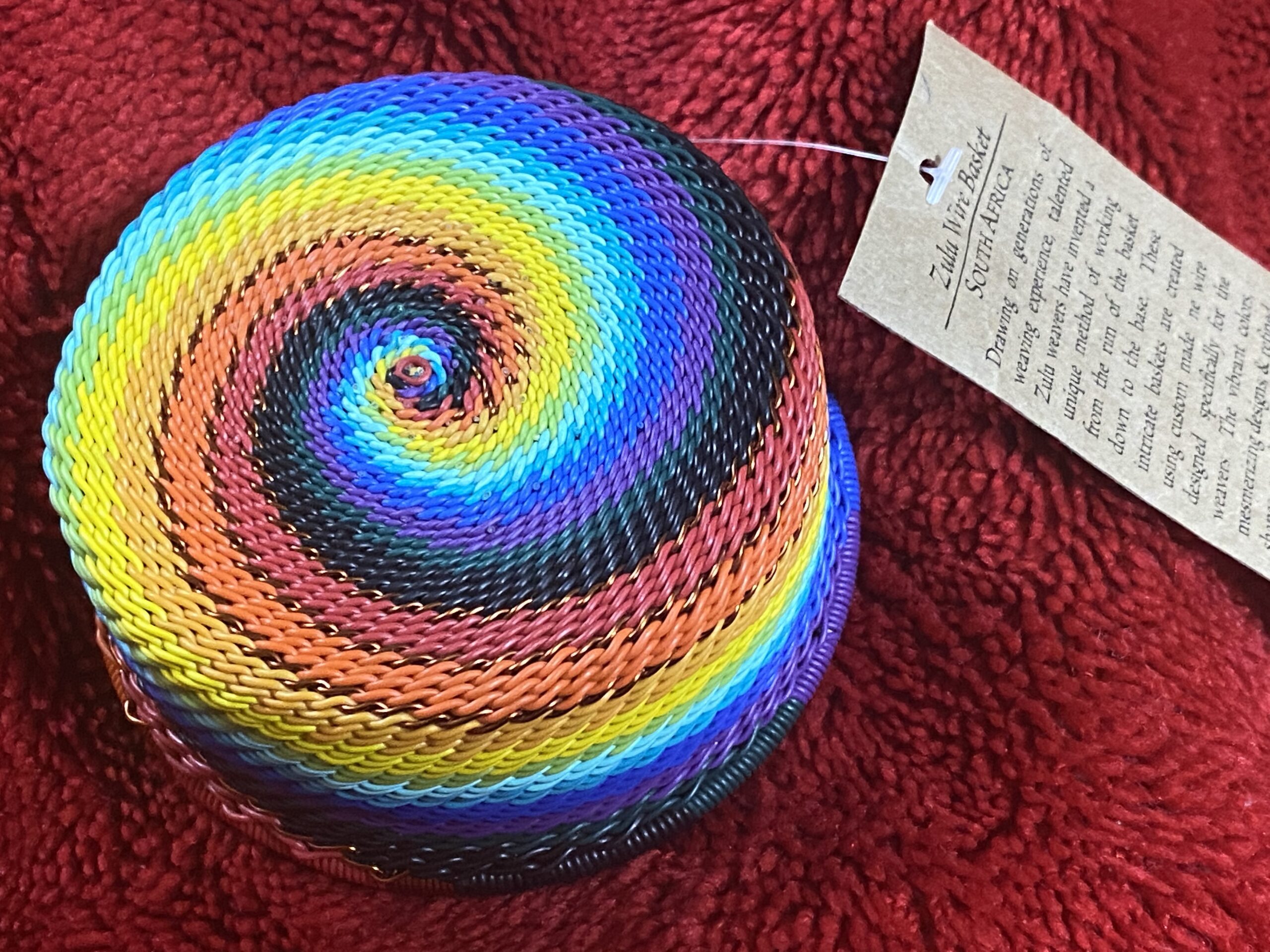
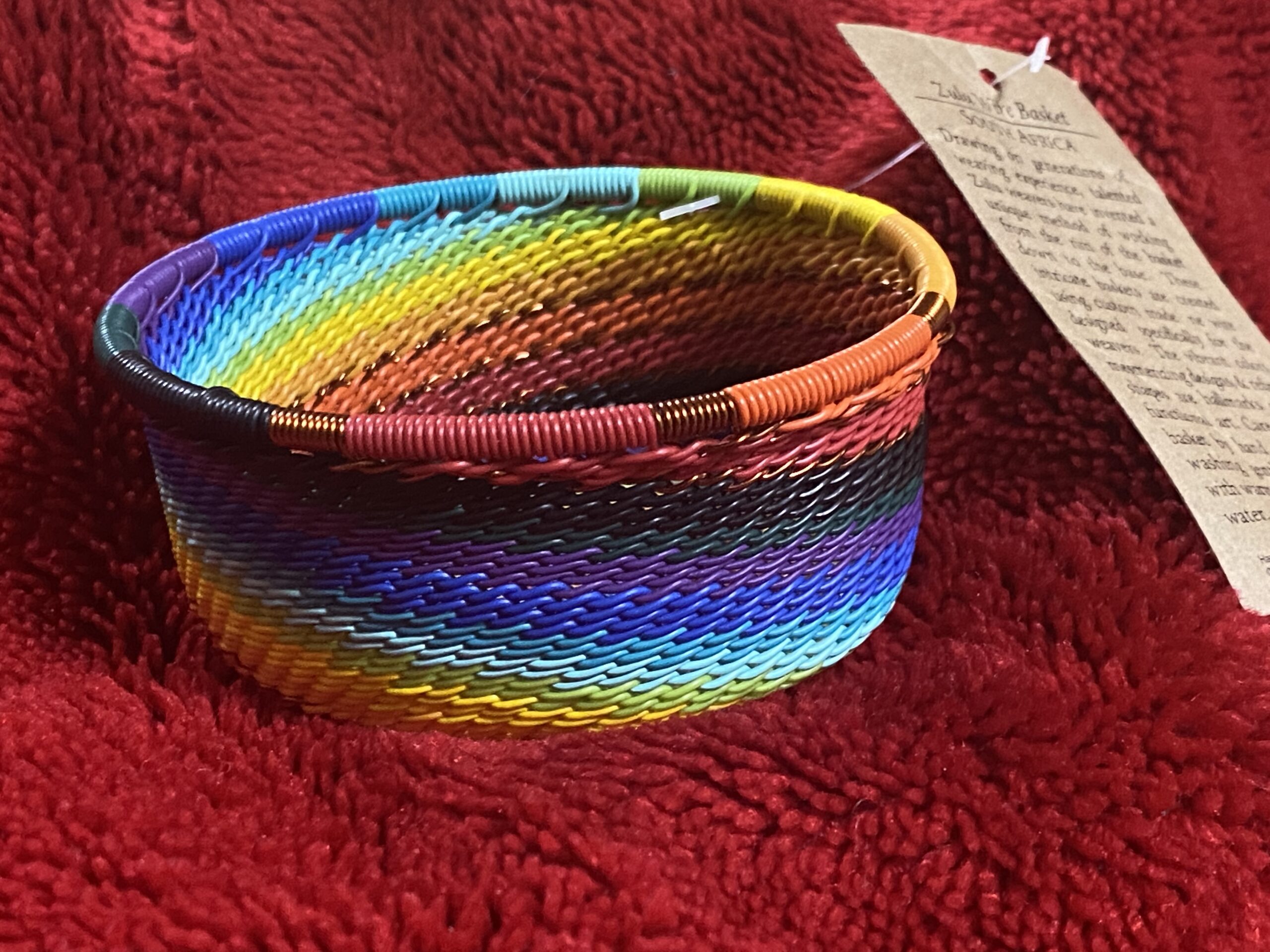
Never Miss an Important Article Again!
Join our Email List


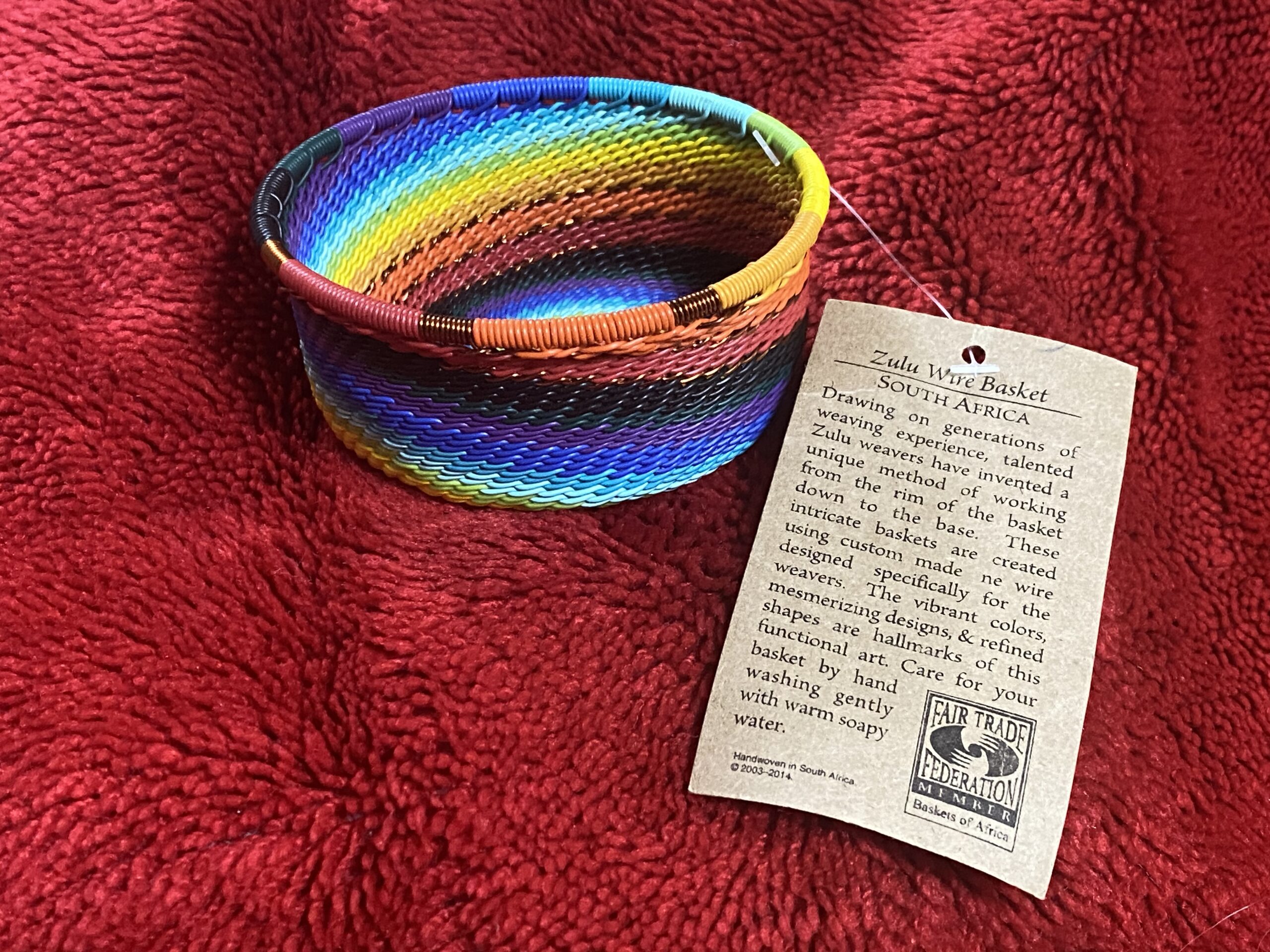

Thanks for your work! Have you done any tests on common IPhone chargers and computer chargers. People, me included, plug in their devices without washing their hands after all the time. Do I need to wash my hands every time I plug my phone in?